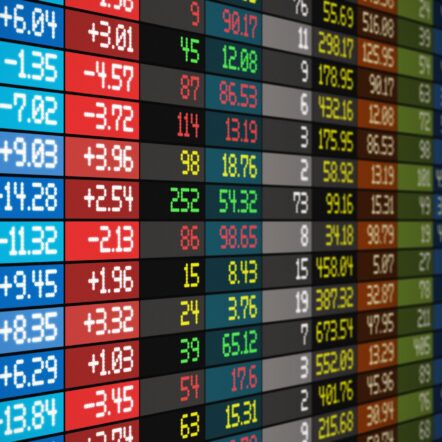According to various studies, most traders use technical analysis, including stock charts, as part of their strategy. Yet, a surprising number of investors dive into the stock market without understanding how to read these essential tools.
Whether you are just starting or want to fine-tune your skills, understanding how to read stock charts is essential. These charts are more than just lines and bars; they’re valuable tools that can help you spot trading opportunities. Continue reading for more information.
Types of Stock Charts
Not all stock charts are made the same. Here are the main types you should know:
- Line charts
- Bar charts
- Candlestick charts
Line charts have a simple view and focus on closing stock prices. However, bar charts offer a little more information. They show opening, closing, highs, and lows.
Finally, candlestick charts are the most detailed. They give a comprehensive picture of the trading activity. Selecting the right type of chart can give you the insights you need for smarter trading.
The Significance of the X and Y Axes
The x-axis and y-axis on a stock chart serve as your fundamental guideposts, representing time and price respectively.
The x-axis helps you navigate the timeframe of the stock’s performance. Whether you’re looking at a 5-minute chart for day trading or a monthly chart for long-term investments, the x-axis is adjustable to suit your needs.
The y-axis displays the stock’s price range, often in a vertical fashion. This axis enables you to evaluate how much the stock has risen or fallen during the specified timeframe on the x-axis.
Spotting Trading Patterns
Trading patterns are specific formations created by the price movements of a financial asset on a trading chart. These patterns serve as a visual representation of market psychology and can offer traders valuable clues about potential future price movements.
Understanding trading patterns is a fundamental aspect of technical analysis in trading.
Decoding Candlestick Charts
Candlestick charts use colors to quickly show if a stock has gained or lost value.
The colors, usually red and green, offer an immediate snapshot of market sentiment. A green candle means the stock closed higher than it opened, signaling bullish activity. A red candle indicates the opposite: the stock closed lower than it opened, representing bearish sentiment.
Volume and Indicators
While the stock price is undoubtedly important, focusing solely on it can give you tunnel vision.
Trading volume is the number of shares or contracts traded during a given period. High volume often suggests strong investor interest and can indicate the start of a new trend.
Other technical indicators like the Relative Strength Index (RSI), Moving Average Convergence Divergence (MACD), and Bollinger Bands can provide additional insights.
How to Read Stock Charts: Start Today
You’re now better equipped with the essential skills on how to read stock charts, setting the stage for smarter and more confident trading decisions. To keep leveling up your investment game, take a look at Figuring Out Money’s YouTube channel. We have a plethora of videos that delve even deeper into the art of reading stock charts and making wise investment choices.







